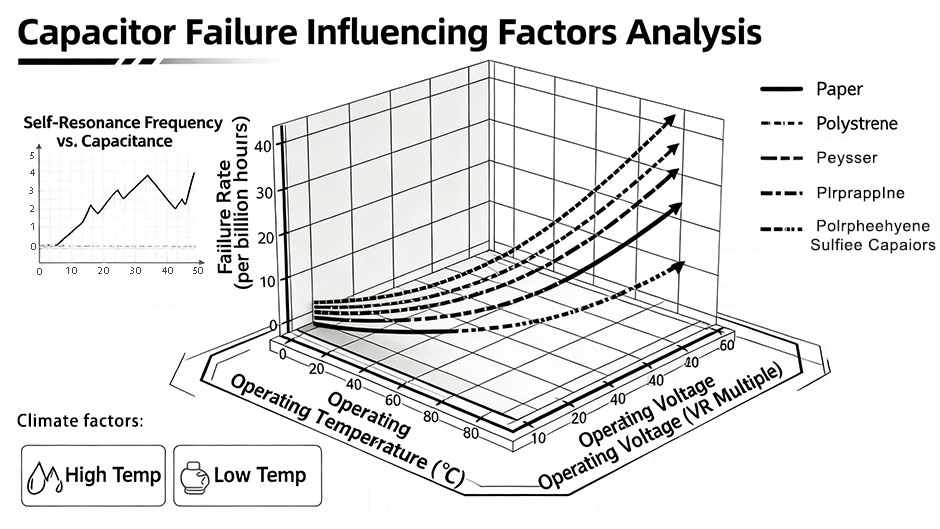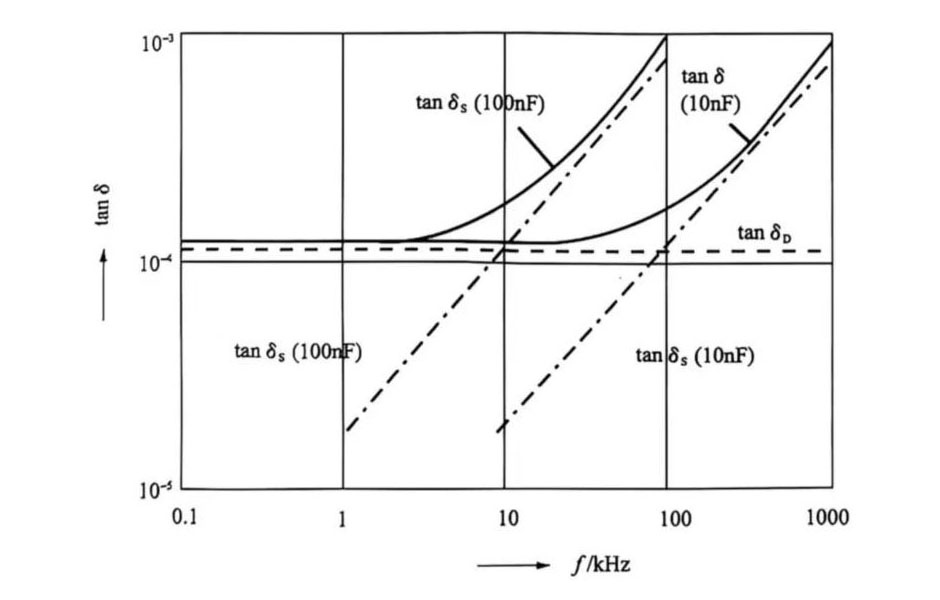What is capacitance compensation
Capacitance compensation is reactive power compensation or power factor compensation. The electrical equipment of the power system generates reactive power when in use, and it is usually inductive, which will reduce the efficiency of the power supply capacity, which can be improved by appropriately adding capacitance in the system. Power capacitor compensation is also called power factor compensation! (Combination of voltage compensation, current compensation, and phase compensation).
The role of compensation capacitor
The capacitance compensation cabinet is used to absorb the reactive power in the power system and improve the power factor of the system. That is to say, the function of the capacitor compensation cabinet is to improve the power factor of the inductive load circuit. The main reason is that when the alternating current passes through the inductor, the current lags the voltage by 90 degrees, and when it passes through the capacitor, the current leads the voltage by 90 degrees. Therefore, the function of the capacitor compensation cabinet is to use the leading current of the capacitor to offset the lag current caused by the inductive load. If calculated properly, the power factor can be increased to 1.
Capacitance (or capacitance, Capacitance) refers to the amount of charge storage under a given potential difference; it is recorded as C, and the international unit is Farad (F). Capacitors are one of the most widely used electronic components in electronic equipment. They are widely used in direct current isolation, coupling, bypass, filtering, tuning loops, energy conversion, control circuits, etc. Charges move under force in an electric field. When there is a medium between conductors, the movement of charges is hindered and the charges accumulate on the conductors. The most common example of accumulative storage of charges is two parallel metal plates. It is also a common name for capacitors.
There are theoretical calculations, but when the design is mature, it seems that most people have relied on previous debugging experience. Generally, the frequency response of the system should be considered for the value of the capacitor (to put it simply, the larger the added capacitor, The narrower the bandwidth), then there is the problem of oscillation; if you have to calculate, you can see how large the distributed capacitance of the input end of the op amp is. For example, the negative feedback amplifier circuit is to ensure the resistance and distributed capacitance of the input end. Product = the product of the resistance of the feedback resistor and the capacitance you want to add.



